The incursion of wine through history
Thousands of years ago when humanity was still new on earth, the wine was already here, waiting for us. As the times progressed and the human race evolved more and more, the wine was intertwined and played a leading role in the development of history.
Even wine became so popular that it was adopted and included in various activities such as agriculture, gastronomy, and leisure activities for men. But, how has a drink managed to captivate the palate of millions of people over time?
That is why venturing into the world of wine is something extremely fascinating to experience.
Which were the beginnings of wine?
When asking questions like where did wine originate? Or who created it? The mind wanders between what it believes or does not know. And it is that currently, it is not known for sure in what year or at what time the wine was born.
And it is that wine has been so emblematic that we can find that it is even mentioned in biblical stories. Therefore, the most popular beliefs affirm that its beginnings date back to more than 8,000 years BC. In areas south of the Caucasus, between Turkey, Armenia, and Iran.
However, even though that our ancestors enjoyed and lost their sanity with glasses and glasses of wine, the first archaeological evidence found of crushed grapes was found in 1986. A Neolithic vessel that had its origins in the year 5,000 BC.
But, the people of Ancient Egypt, attributed the creation and origin of wine to the mythical king Osiris, who is believed to have planted the first vine in the city of Thyrsa, to later make the world's first wine.
Likewise, in Greek mythology the creation of the first wine is attributed to the Greek god Dionysus, also known as Bacchus. Reason why he’s also considered the God of the grape harvest and drunkenness.
However, for the Judeo-Christian religion, the discoverer of wine is Noah, who says in chapter 9 of Genesis that he got vineyards after leaving the ark. In this chapter, the origin of wine can be read that at one point Noah ate abundantly from the vineyards to the point that he got drunk.
Whatever the true origin of the wine, we must be aware that since the beginning of time, wine has been used by all communities that have a reach to the vine.
Below is a brief talk about wine in the different empires that have ruled the planet and how they used wine:
Roman empire
The history of wine begins to take more shape thanks to the Roman Empire, since they perfected the technique of squeezing the vine. They created an artifact that functioned as a strainer-squeezer that allowed to fully exploit the purity of the wine and gave it a more elaborate finish.
One of the great problems of wine in the Roman Empire was alcoholism, but they had techniques to avoid drinking that was to eat eels that must have died drowned in wine. They also had to drink all the wine where the eels died, thus ensuring the disgust of the wine.
But on the other hand, the Romans since the origin of wine have been taking advantage of the benefits that it brings, to "cure" diseases such as:
- For depression, they recommended drinking red wine.
- For annoying people, red wine is perfect to relax.
- To heal the grit in the kidneys or eliminate phlegm, white wine is ideal.
If you want to know more about the benefits of red wine, in: Do you already know the benefits of red wine? You can learn more about the benefits of this wine
Greek empire
For the Greeks the origin of wine is the origin of their civilization that was characterized by its social gatherings full of excesses. One of those excesses was the wine that was very popular with the great philosophers of ancient Greece.
The Greek philosophers needed to clear their mind to think clearly about the great mysteries of the universe and for this they invented a system to extract wine. This system consisted of a cylinder-shaped container where the grapes were placed and these were crushed by a plunger or disk that was lowered to extract all their juice.
There are historical records that show that Alexander the Great, Sophocles and even Socrates were common guests of the revelries where all the Greeks got drunk.
For this there is an important limitation and that is that Greek wine was thicker and stronger, to the point that it had to be mixed with something else to be able to drink it. For a Greek, drinking wine was considered an act of the Greek aristocracy.
Egyptian empire
The Egyptians were the first to use their feet to extract the juice from the bunch of grapes. Then they began to use linen cloths with which they wrapped the grapes and then pulled the ends of the cloth and in that way took out all the juice for the wine.
In ancient Egypt wines after 3 years of age were considered rare and exotic. There is an anecdote that says that there was a merchant in Alexandria who had three hundred bottles of wine that were seventy years old, something impressive for the time!
How is wine made?
This question you may think is easy to answer, but it’s not. Wine must go through several processes before it can even be bottled. It must be taken into account that depending on the type of wine to be created, whether it is red, white or another, different processes will have to be carried out in different orders.
Planting and harvesting
The main thing to make wine are grapes. For a quality red or white wine it’s important to have well-developed and quality grapes. The type of soil used in the vineyard will greatly influence our grapes.
According to the type of wine, the characteristics of the land, altitude and latitude will change as well as the time under the sun. All this goes hand in hand with the species of grape that you want to plant.
Harvest
After the grapes grow properly, it’s time for the harvest, which is basically the time when the grapes are harvested from the vineyard. This part is vital because depending on when you decide to harvest, it will influence the amount of sugar inside the grape that will be converted into alcohol.
Destemming
Now, depending on the wine that is going to be made, there is a process called destemming. This process consists of eliminating the stalks that remain on the grapes when they are harvested. For soft wines, the grapes must be destemmed.
Pressed and crushed
Another important aspect is pressing, which for white wines must be carried out immediately after harvest, while for red wines it is carried out after crushing.
The crushing seeks to break the grapes to facilitate the sowing of yeasts in the grapes. This helps the fermentation of red and white wines, among others.
If you want to know more about White wines i recommend you to read the article: Top 4 driest White wines
Maceration
For red wines, a special process must be carried out, which is maceration. In this step, the broken pieces of the grapes are left floating on the surface, to extract the pigments that give this type of wine its characteristic reddish color.
Fermentation
Continuing in the winemaking, two types of fermentation must be allowed to take place: alcoholic and malolactic. The first causes the accumulated sugars inside the grapes to turn into alcohol. While the second makes the wine acidic due to the transformation of malic acid into lactic acid. This step is very important because it gives most of its flavor, polishing it.
As mentioned before, grapes to make white wines must be pressed immediately after harvest. This produces something called settling, which consists of the separation of the solid parts of the grapes from the liquid ones. This is how the white wine fermentation process begins and it is important to have an ideal temperature that does not over-ferment the grapes.
Over-fermenting the grapes can cause the wine to acquire unwanted flavors from organic particles in the solid parts.
Breeding
This part of the process is one of the best known culturally, and it is when the wine is sheltered from barrels, which are the oak barrels where it acquires more flavor. Another way of calling this process is that of oxidative aging because storage in the barrel oxidizes the wine by the small oxygen particles that are filtered through the pores of the wood.
The type of barrel used is important because the composition of the wood as well as the size of the pores significantly influences the final taste of the wine, which is most appreciated in tasting.
An interesting fact about the barrels is that they are usually used between 3 to 5 years, after this time they are used to make whiskeys or cognacs. Some people decorate their houses with them.
Racking
The popular belief is that wine is stored in the barrels for a long time before being clarified and later bottled. But in reality, there is a process known as racking which consists of aerating the wine.
For this, the wine is moved from one barrel to another. In this way the air passes through the wine and the barrels can be cleaned.
Clarification
In order to bottle the wine, it must first be clarified, which is basically cleaning the wine, leaving it free of unwanted particles. If the wine was not aged, it must be clarified after fermentation. In the opposite case, it is clarified just after aging.
During aging, the wines clarify themselves inside the barrel. It is important not to over clarify the wine as this can reduce the acquired flavor and protect it from acquiring more variety of flavor.
If you want to know more about vineyards in more detail, in the entry the history of Dominio de Pingus, you can read more.
Bottling
It’s the last process before the wine can be traded and it’s basically putting it in a container. Here the wine is already stabilized and clarified, where it is stored in a container, usually 0.75 L, so that it continues with its evolution until the moment it’s decided to consume.
We have briefly touched on the processes of winemaking, we know that this varies depending on the type of grapes and the type of wine to be created. If you want to know about how to drink red wine, white wine or any other in the next entry Tips that you should know when you drink wine you can find all the relevant information.




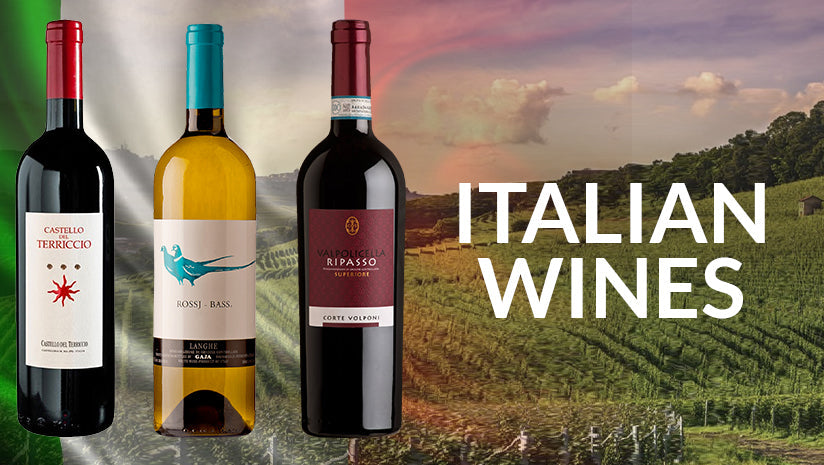
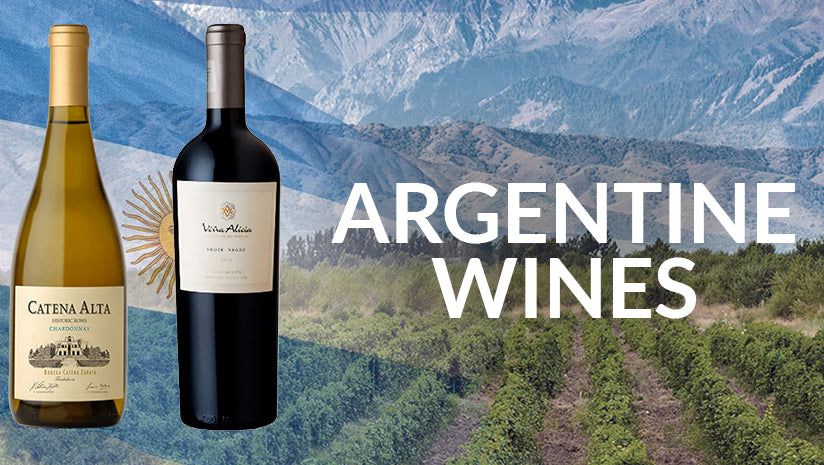
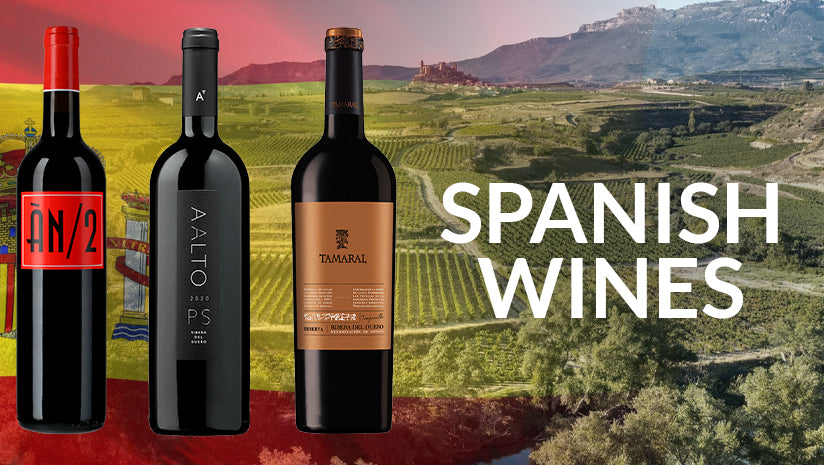
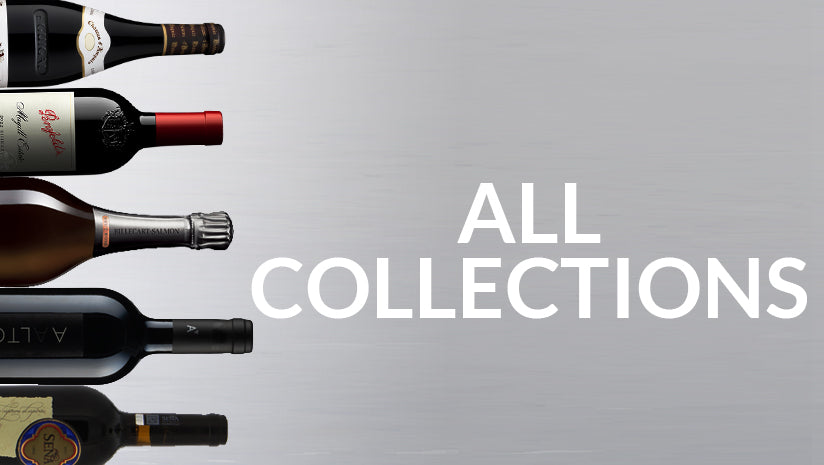


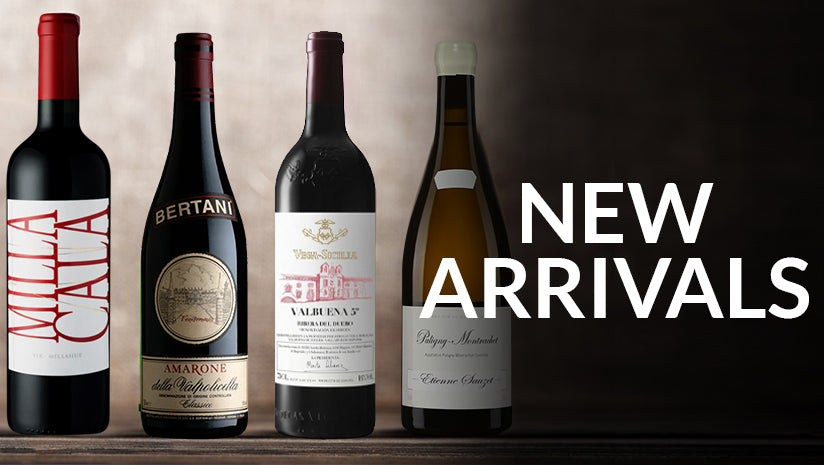

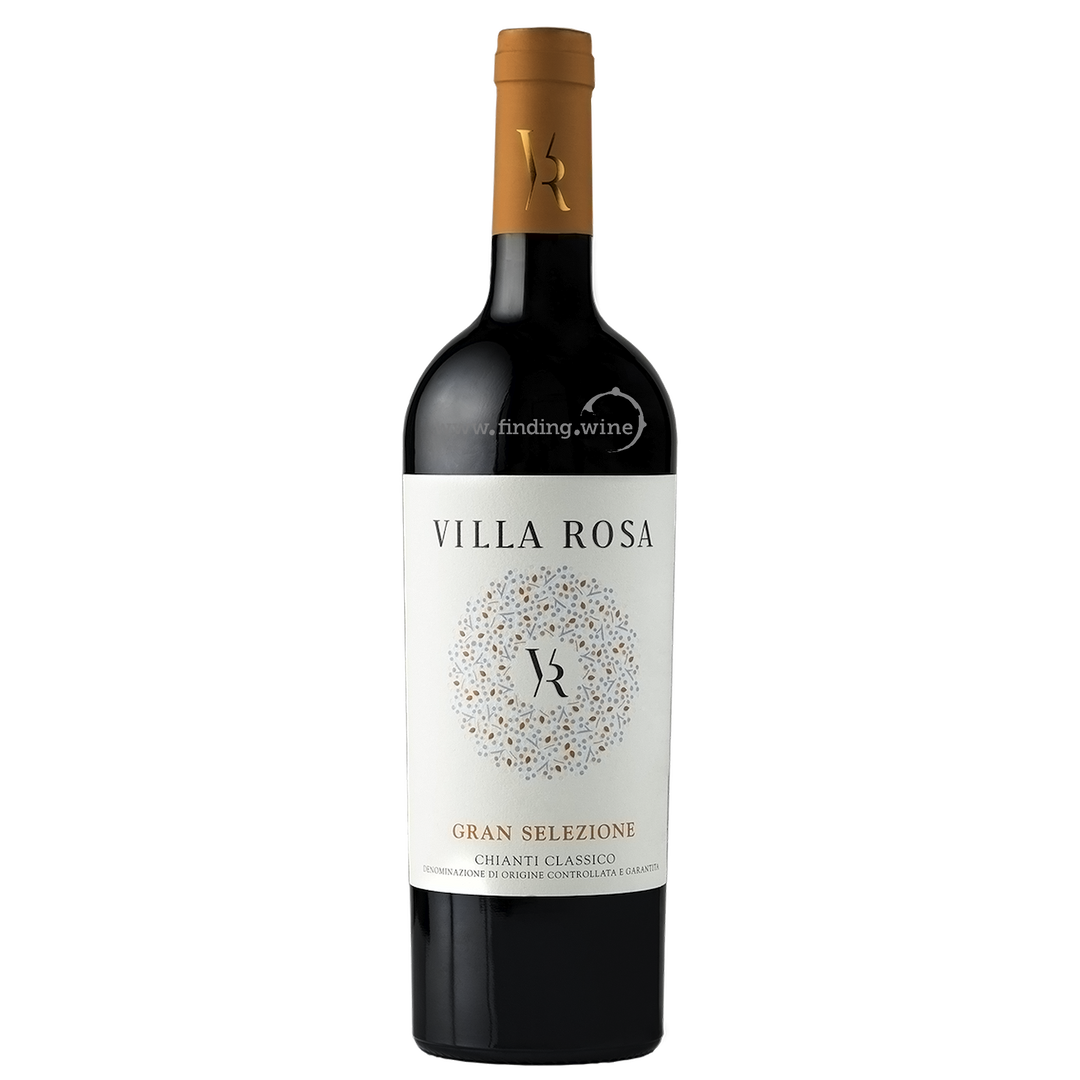
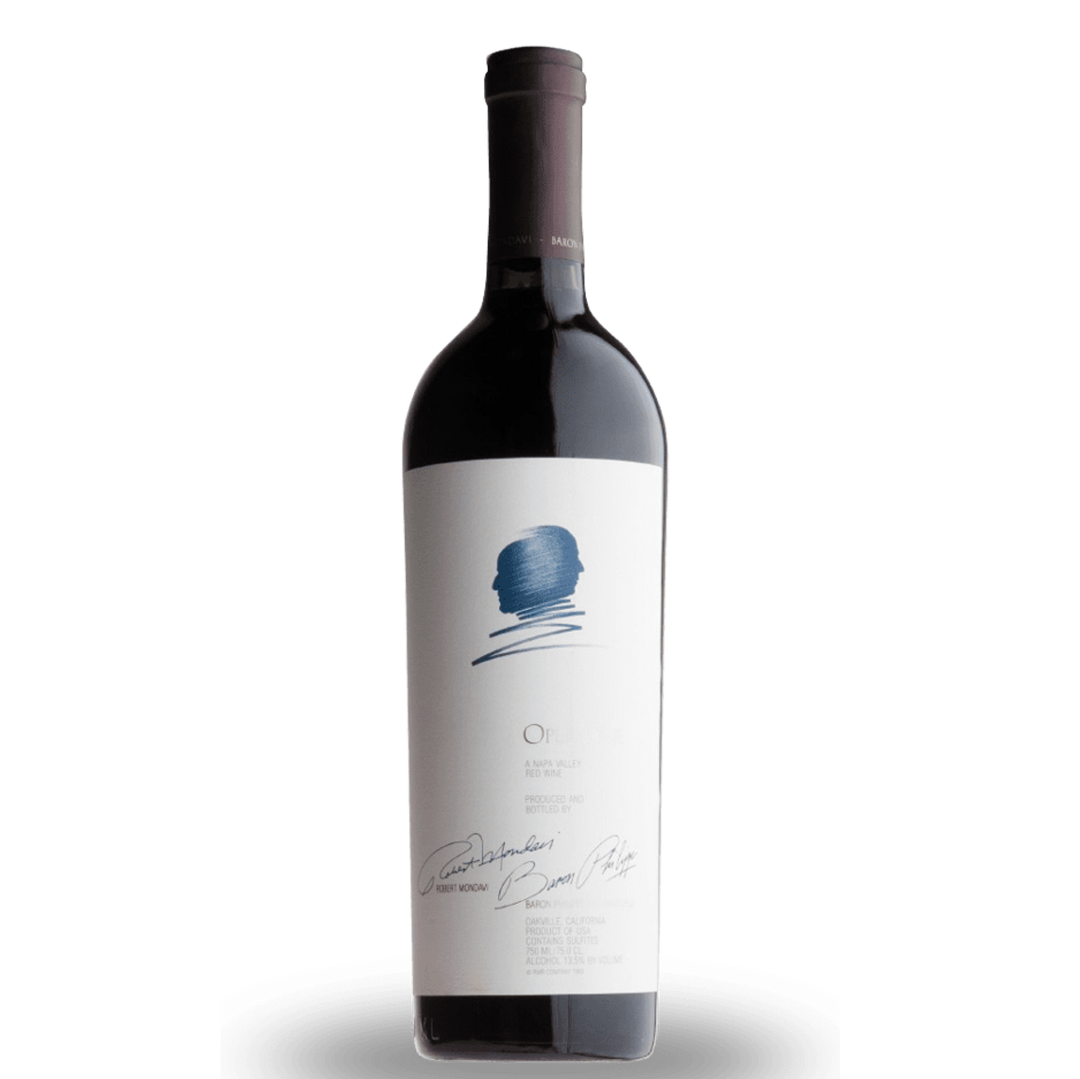
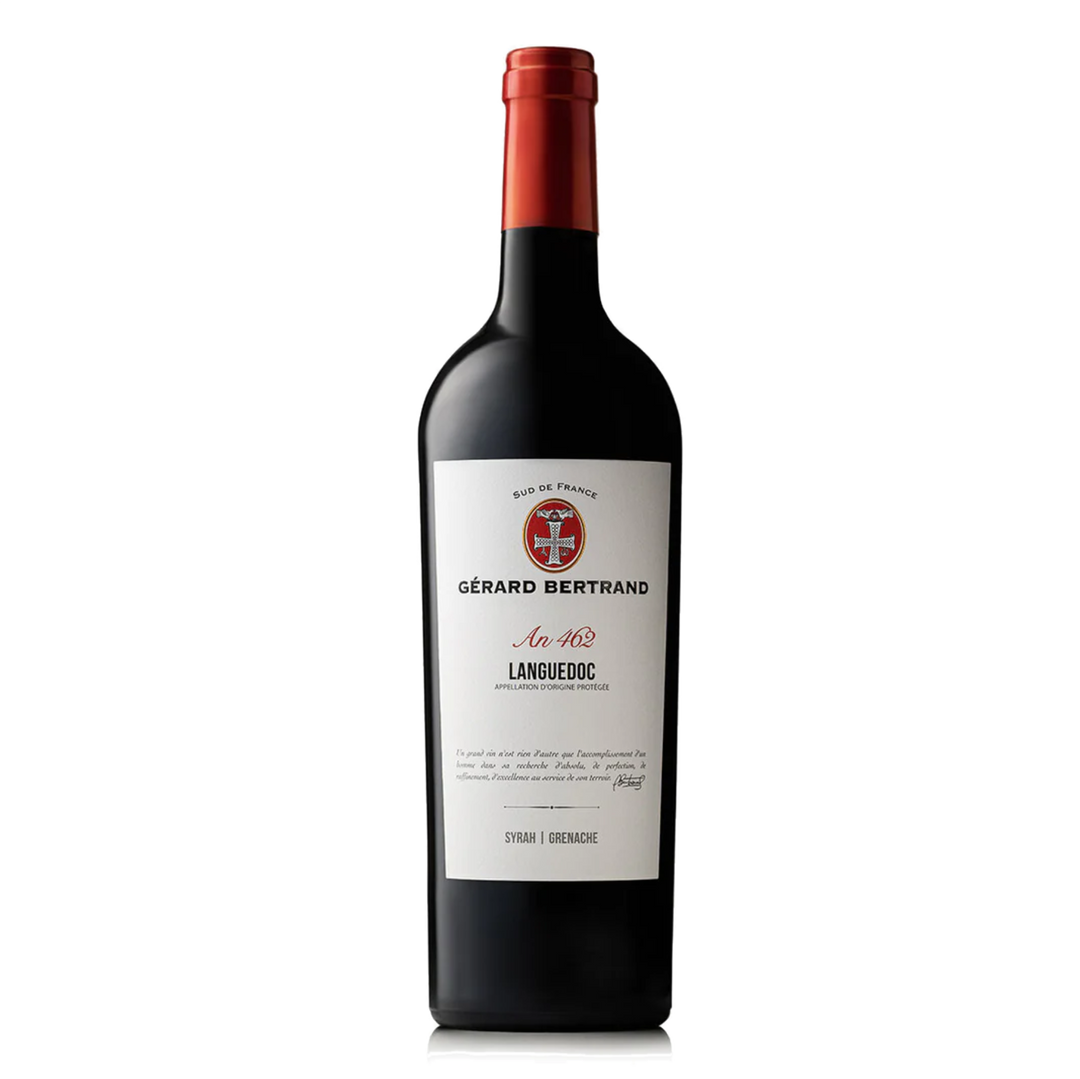











Leave a comment